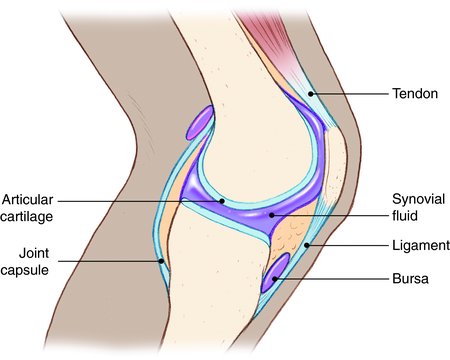
Bone and joint pain can have a significant impact on a person's quality of life. Whether it's due to inflammation, fractures, overuse injuries, or conditions like osteoarthritis and rheumatoid arthritis, the discomfort and limited mobility can be both physically and emotionally challenging. This article aims to provide an overview of bone and joint pain, its causes, and common symptoms. It will delve into specific conditions such as osteoarthritis, rheumatoid arthritis, fractures, and sprains, to help readers understand their effects and available treatment options. Additionally, it will discuss the importance of lifestyle changes in managing and reducing bone and joint pain. Knowing when to consult a healthcare professional can also provide valuable guidance for those seeking relief.
Overview of bone and joint pain

Bone and joint pain refers to discomfort and discomfort in the bones and joints of the body. It can be caused by various factors such as inflammation, fractures, overuse injuries, and conditions like osteoarthritis and rheumatoid arthritis. The pain can range from mild to severe and can affect the mobility and quality of life of the individual. Symptoms may include stiffness, swelling, tenderness, and limited range of motion. Treatment options vary depending on the underlying cause and may include medication, physical therapy, lifestyle changes, and in severe cases, surgery. It is important to seek medical advice for proper diagnosis and appropriate management of bone and joint pain.
Causes and common symptoms
Causes of bone and joint pain can vary widely. Inflammation, fractures, and overuse injuries are common culprits. Inflammatory conditions like osteoarthritis and rheumatoid arthritis can also lead to significant pain in the bones and joints. Other factors such as aging, obesity, and repetitive stress can contribute to the development of pain in these areas as well.
Common symptoms of bone and joint pain include stiffness, swelling, tenderness, and limited range of motion. These symptoms can greatly impact an individual's mobility and overall quality of life. It's important to note that the severity and specific symptoms can vary depending on the underlying cause of the pain. It is advised to seek medical attention for an accurate diagnosis and appropriate treatment plan to manage bone and joint pain effectively.
Osteoarthritis
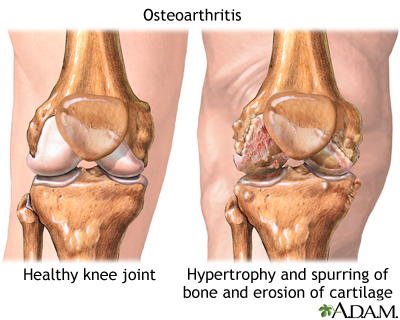
Osteoarthritis is a common form of arthritis that affects the joints, causing pain and stiffness. It occurs when the cartilage that cushions the joints wears down over time, leading to bone-on-bone contact and inflammation. This degenerative condition primarily affects weight-bearing joints such as the knees, hips, and spine.
The symptoms of osteoarthritis can vary from mild to severe and may include joint pain, stiffness, tenderness, and reduced range of motion. It can greatly impact an individual's ability to perform daily activities and maintain a good quality of life.
The management of osteoarthritis pain often involves a combination of treatments, including medication, physical therapy, exercise, weight management, and lifestyle modifications. Some individuals may also benefit from using assistive devices or undergoing joint replacement surgery in severe cases.
People with osteoarthritis should work with their healthcare provider to develop a personalized treatment plan to alleviate pain, improve joint function, and enhance their overall well-being.
Understanding osteoarthritis and its effects

Osteoarthritis is a degenerative condition that affects the joints and causes pain and stiffness. As the cartilage in the joints wears down over time, the bones start rubbing against each other, leading to inflammation. This condition primarily affects weight-bearing joints such as the knees, hips, and spine. Osteoarthritis can significantly impact an individual's quality of life, making it difficult to perform daily activities and limiting mobility. The joint pain and stiffness associated with osteoarthritis can also lead to decreased range of motion and muscle weakness. It is important for individuals with osteoarthritis to understand the effects of this condition and work with healthcare professionals to develop a personalized treatment plan to alleviate pain and improve joint function.
Managing osteoarthritis pain

Managing osteoarthritis pain is a crucial aspect of treatment. While there is no cure for osteoarthritis, there are several strategies that can help alleviate pain and improve joint function.
Exercise and physical therapy play a key role in managing osteoarthritis pain. Regular low-impact exercises, such as walking, swimming, or cycling, can strengthen the muscles around the joints and improve flexibility. Physical therapy can also provide targeted exercises to reduce pain and improve joint mobility.
Weight management is another important factor in managing osteoarthritis pain. Excess weight puts additional strain on the joints, exacerbating pain and inflammation. Maintaining a healthy weight can relieve pressure on the joints and reduce pain.
Medication options for managing osteoarthritis pain include over-the-counter pain relievers, such as acetaminophen or NSAIDs, as well as topical medications that can provide localized relief. In some cases, stronger prescription medications may be necessary.
Other pain management techniques include applying heat or cold packs to the affected joints, using assistive devices, such as braces or splints, for added support, and considering complementary therapies like acupuncture or massage.
It is important for individuals with osteoarthritis to work closely with healthcare professionals to develop a personalized treatment plan that addresses their specific needs and goals. Regular check-ins with a healthcare provider can help monitor progress and make adjustments to the treatment plan as necessary. With the right management strategies in place, individuals with osteoarthritis can experience reduced pain and improved quality of life.
Rheumatoid Arthritis
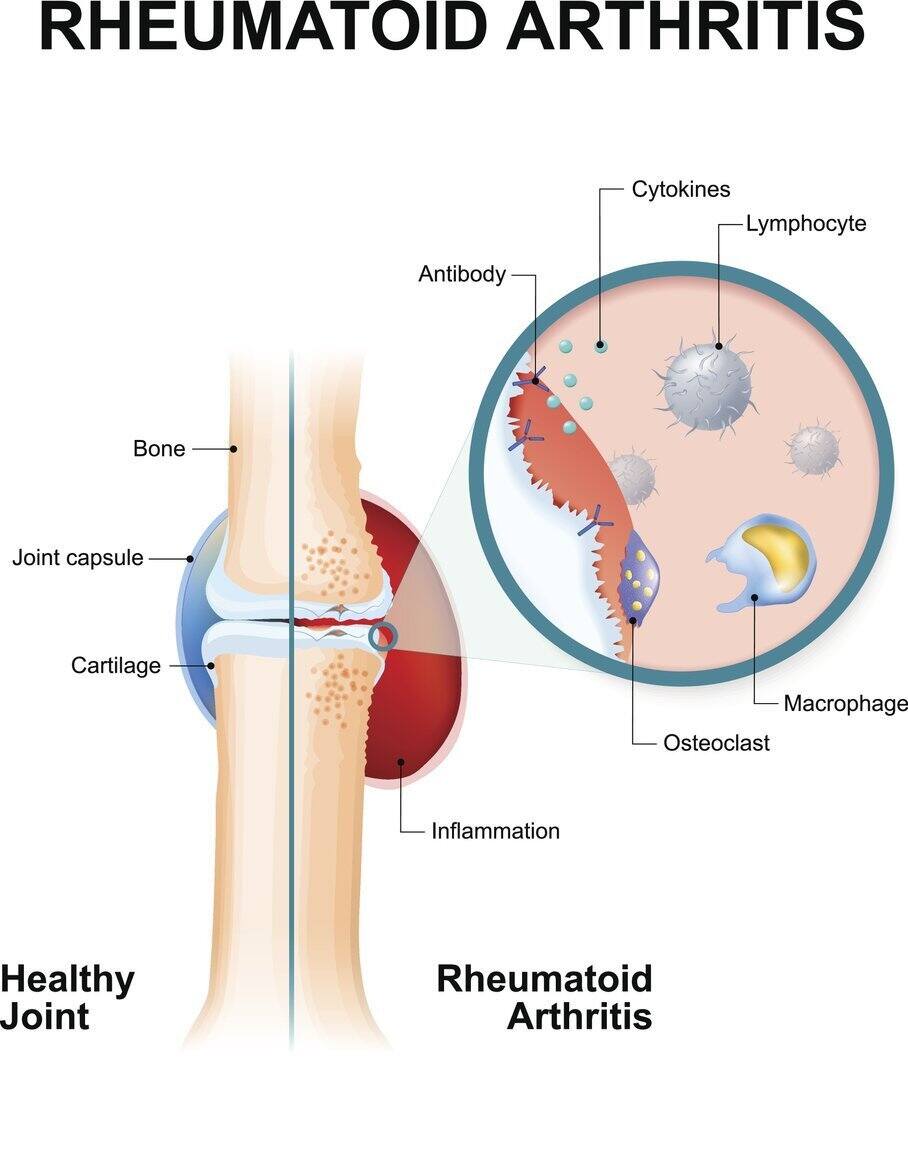
Rheumatoid Arthritis:
Rheumatoid Arthritis (RA) is a chronic autoimmune disease that primarily affects the joints, causing inflammation and pain. It is characterized by the immune system mistakenly attacking the body's own tissues, resulting in joint swelling, stiffness, and tenderness. Over time, RA can lead to joint deformities and permanent damage if left untreated.
The exact cause of RA is unknown, but it is believed to be a combination of genetic and environmental factors. While RA primarily affects the joints, it can also cause systemic symptoms such as fatigue, fever, and weight loss.
Treatment options for RA pain focus on managing inflammation and preventing further joint damage. Nonsteroidal anti-inflammatory drugs (NSAIDs) and corticosteroids can help reduce inflammation and alleviate pain. Additionally, disease-modifying antirheumatic drugs (DMARDs) and biologic agents can be prescribed to slow down the progress of the disease and suppress the immune system.
Regular exercise, joint protection techniques, and assistive devices can also help manage pain and improve joint function for individuals with RA. It is important for those with RA to work closely with their healthcare team to develop an individualized treatment plan.
Exploring rheumatoid arthritis and its impact
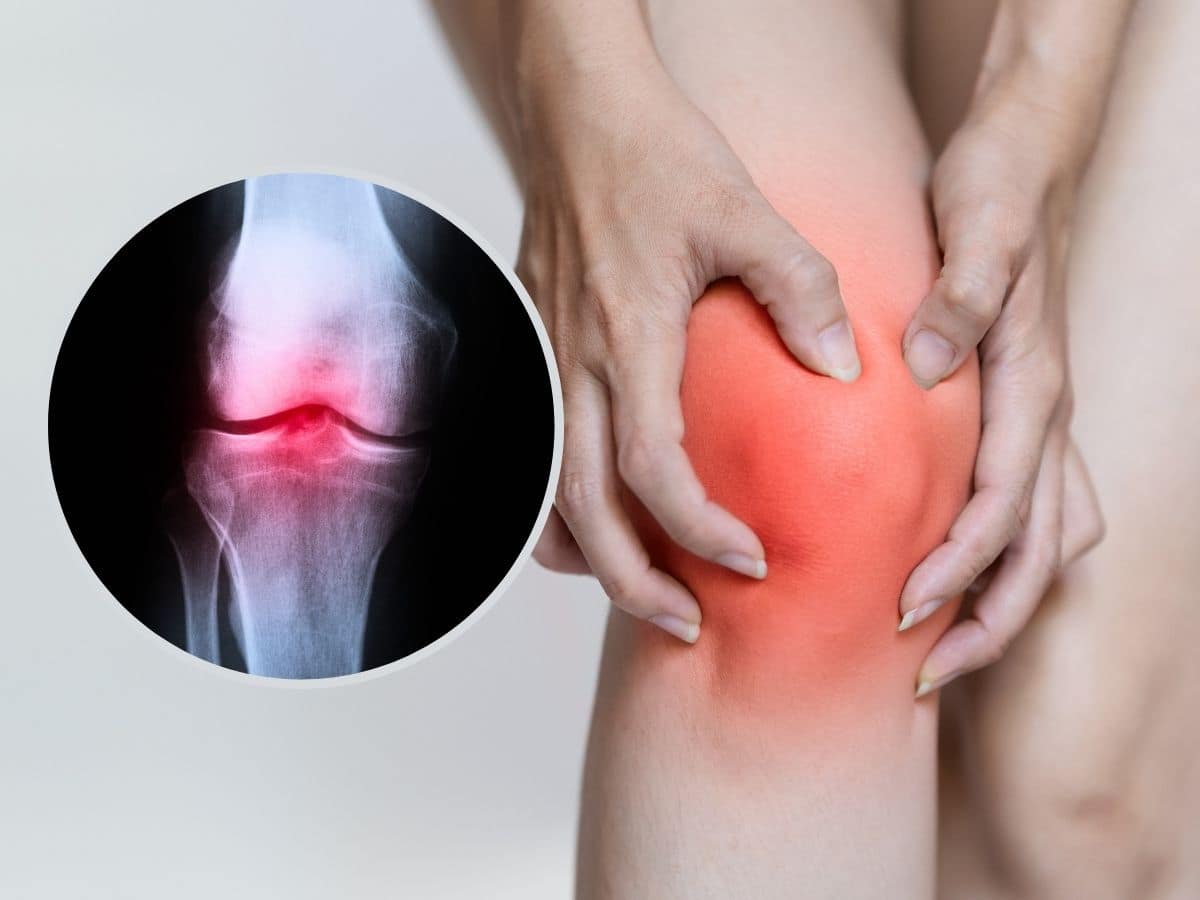
Rheumatoid arthritis (RA) is a chronic autoimmune disease that has a significant impact on individuals who suffer from it. Unlike osteoarthritis, which is a degenerative joint disease, RA is characterized by inflammation and pain in the joints caused by the immune system attacking the body's own tissues. This can lead to joint swelling, stiffness, and tenderness. Over time, RA can result in joint deformities and permanent damage if not properly managed.
The impact of RA extends beyond just physical symptoms. The disease can also cause fatigue, fever, and weight loss. Additionally, RA can have negative effects on a person's mental health and overall quality of life. The constant pain and limitations imposed by RA can lead to feelings of frustration, depression, and anxiety.
It is crucial for individuals with RA to work closely with their healthcare team to develop a comprehensive treatment plan. By managing inflammation, reducing pain, and preventing further joint damage, individuals can better cope with the impact of RA on their daily lives.
Treatment options for rheumatoid arthritis pain
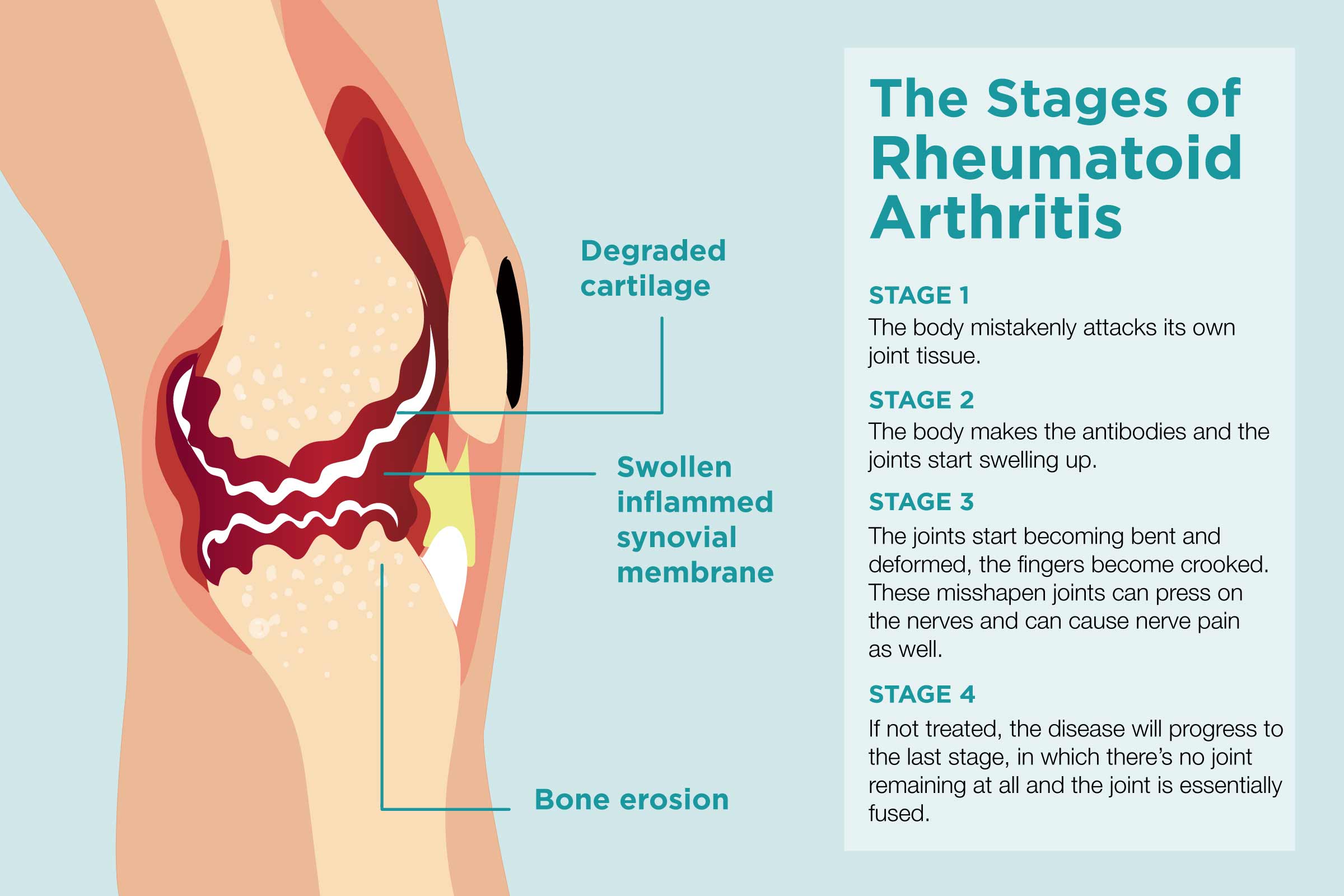
Treatment options for rheumatoid arthritis pain aim to reduce inflammation, relieve pain, and slow down the progression of the disease. Nonsteroidal anti-inflammatory drugs (NSAIDs), such as ibuprofen and naproxen, can help reduce pain and inflammation. Corticosteroids may be prescribed for short-term relief of severe symptoms. Disease-modifying antirheumatic drugs (DMARDs) are commonly used to slow down the progression of rheumatoid arthritis and prevent further joint damage. Biologic response modifiers, such as tumor necrosis factor (TNF) inhibitors, target specific molecules in the immune system to reduce inflammation. Physical therapy and exercise can help improve joint mobility and strength. In some cases, surgery may be necessary to repair or replace damaged joints. It is important for individuals with rheumatoid arthritis to work closely with their healthcare team to find the most effective treatment plan.
Fractures and Sprains
Fractures and sprains are common injuries that can cause significant bone and joint pain. A fracture refers to a broken bone, while a sprain occurs when the ligaments that connect bones are stretched or torn. These injuries can result from accidents, falls, or sports activities. The symptoms of fractures and sprains include severe pain, swelling, bruising, and difficulty moving the affected area. Treatment for fractures may involve immobilizing the bone with a cast or splint, while sprains may require rest, ice, compression, and elevation (RICE) therapy. Physical therapy and rehabilitation exercises may also be recommended to help regain strength and mobility. It is important to seek medical attention for proper diagnosis and treatment of fractures and sprains to avoid complications and promote healing.
Understanding fractures and sprains

Fractures and sprains are common injuries that can cause significant bone and joint pain. A fracture refers to a broken bone, while a sprain occurs when the ligaments that connect bones are stretched or torn. These injuries can result from accidents, falls, or sports activities. The symptoms of fractures and sprains include severe pain, swelling, bruising, and difficulty moving the affected area. Fractures and sprains can be diagnosed through physical examinations, X-rays, or other imaging tests. Treatment for fractures may involve immobilizing the bone with a cast or splint, while sprains may require rest, ice, compression, and elevation (RICE) therapy. It is important to seek medical attention for proper diagnosis and treatment of fractures and sprains to avoid complications and promote healing.
Tips for relieving pain and promoting healing
:max_bytes(150000):strip_icc()/arthritis-in-fingers-5113084-Final-2cac1887216e40d5a7e899bee70c6952.jpg)
To relieve pain and promote healing from fractures and sprains, there are several tips to follow. First, it is important to rest the injured area and avoid putting any weight on it. Applying ice packs to the affected area can help reduce swelling and alleviate pain. Compression through the use of bandages or wraps can also provide support to the injured area. Elevating the injured limb above heart level can help reduce swelling. Taking over-the-counter pain relievers, such as ibuprofen, can help manage pain and inflammation. Following the healthcare professional's instructions for physical therapy exercises and rehabilitation is crucial for a full recovery. It is also important to avoid any activities or movements that could further aggravate the injury.
Overuse Injuries
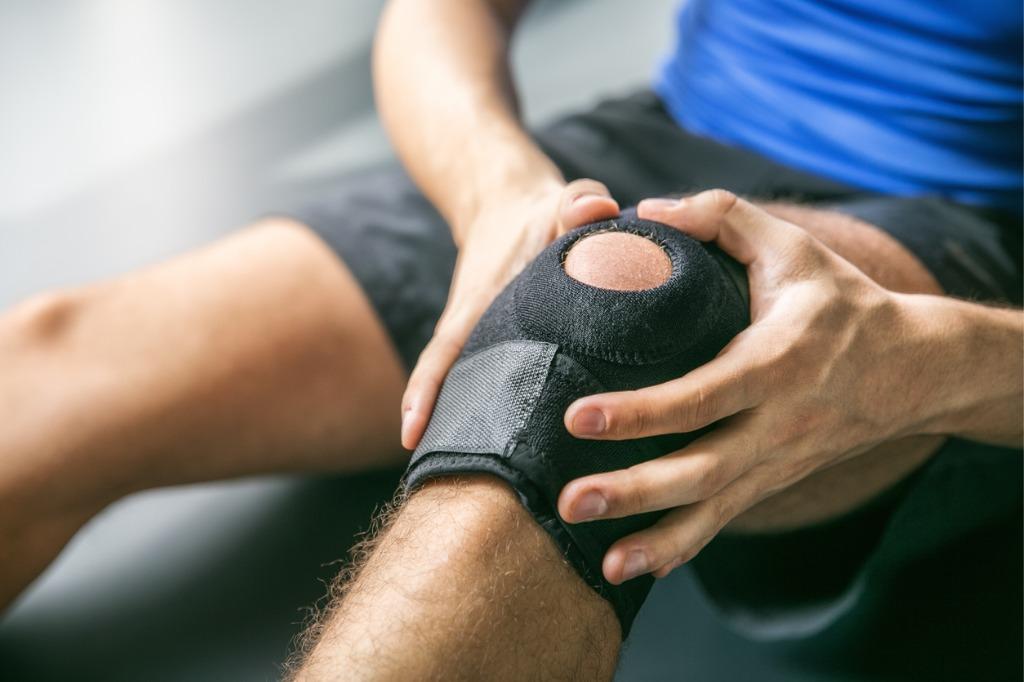
Overuse injuries occur when a specific body part is subjected to repetitive motions or excessive strain over a prolonged period. These injuries commonly affect athletes, individuals who engage in repetitive tasks, and those who perform repetitive movements in their daily activities. Some common examples of overuse injuries include tendonitis, stress fractures, and bursitis. To prevent overuse injuries, it is important to gradually increase the intensity and duration of physical activities and allow sufficient time for rest and recovery. If an overuse injury does occur, it is important to rest the affected area, apply ice packs to reduce swelling, and use pain relievers as directed by a healthcare professional. Physical therapy and rehabilitation exercises can also be beneficial for promoting healing and preventing future overuse injuries.
Identifying overuse injuries and their causes
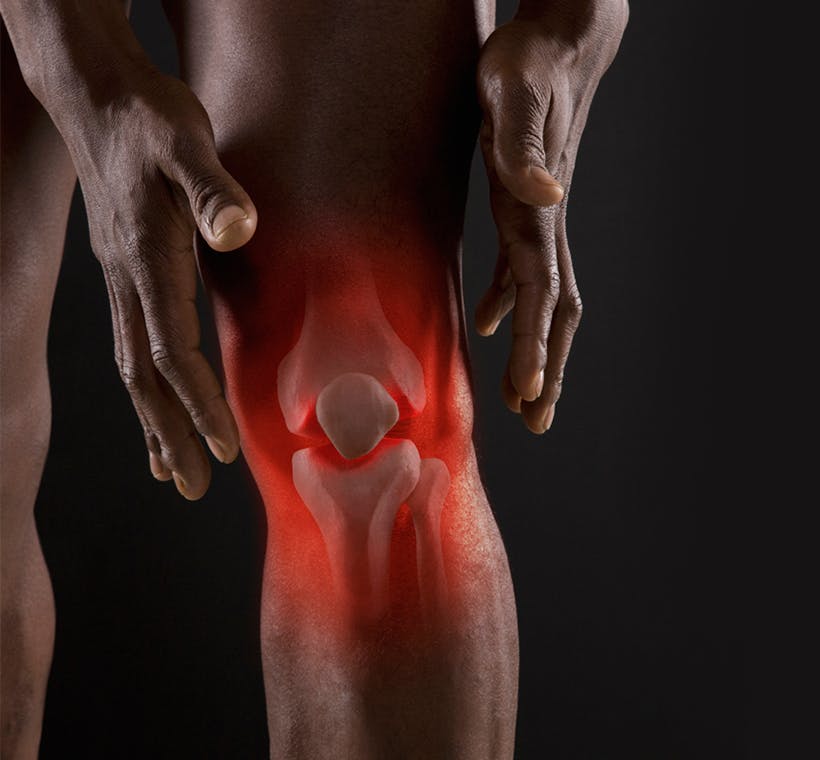
Overuse injuries occur when a specific body part is subjected to repetitive motions or excessive strain over a prolonged period. These injuries commonly affect athletes, individuals who engage in repetitive tasks, and those who perform repetitive movements in their daily activities. Common examples of overuse injuries include tendonitis, stress fractures, and bursitis. Tendonitis is often caused by repetitive movements that strain the tendons, such as running or jumping. Stress fractures can occur due to repetitive impact on bones, commonly seen in runners or dancers. Bursitis is inflammation of the bursae, small fluid-filled sacs that cushion the joints and tendons. It can be caused by repetitive motions or pressure on the joints. If you experience persistent pain, swelling, or restricted movement in a specific area, it is important to seek medical attention to accurately identify the overuse injury and determine the best course of treatment.
Preventing and treating overuse pain

Preventing and treating overuse pain is crucial to maintain the health and function of the bones and joints. To prevent overuse injuries, individuals should incorporate proper warm-up and cool-down exercises into their workout routines, avoid overtraining, and gradually increase the intensity and duration of physical activities. It is also essential to listen to the body and take breaks when needed to prevent excessive strain on the muscles and joints. If overuse pain does occur, initial treatment options may include rest, ice, compression, and elevation (RICE), as well as over-the-counter pain relievers. In more severe cases, physical therapy, braces, or orthotics may be necessary. Seeking medical attention promptly can ensure accurate diagnosis and appropriate treatment for overuse injuries.
Conclusion

In conclusion, bone and joint pain can significantly impact daily life and overall well-being. It is essential to understand the causes and symptoms of various conditions such as osteoarthritis, rheumatoid arthritis, fractures, sprains, and overuse injuries. While managing pain is crucial, making lifestyle changes can also help reduce discomfort and promote healing. These changes include maintaining a healthy weight, engaging in regular exercise, incorporating a balanced diet, and practicing good posture. If the pain persists or worsens, it is advisable to consult a healthcare professional for a proper diagnosis and appropriate treatment. Remember, taking care of bone and joint health is vital for maintaining an active and fulfilling life.
Lifestyle changes to reduce bone and joint pain
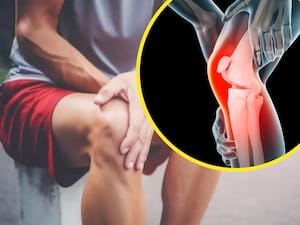
To reduce bone and joint pain, incorporating certain lifestyle changes can be beneficial. Maintaining a healthy weight is crucial, as excess weight puts extra stress on the joints. Engaging in regular exercise, such as low-impact activities like swimming or cycling, can help strengthen the muscles around the joints and improve flexibility. A balanced diet rich in nutrients, particularly calcium and vitamin D, is essential for bone health. Practicing good posture while sitting, standing, and lifting heavy objects can also alleviate strain on the joints. Additionally, avoiding smoking and excessive alcohol consumption can help reduce inflammation in the body, which can contribute to bone and joint pain. By making these lifestyle adjustments, individuals can promote better bone and joint health and alleviate pain.
When to consult a healthcare professional

If bone and joint pain becomes persistent or severely impacts daily activities, it is important to consult a healthcare professional. They will be able to provide a proper diagnosis and recommend appropriate treatment options. It is especially crucial to seek medical attention if the pain is accompanied by swelling, redness, or tenderness around the affected joint, or if there is a loss of motion or difficulty in moving the joint. Additionally, if the pain is the result of a sudden injury, such as a fracture or sprain, immediate medical attention should be sought. A healthcare professional can assess the severity of the injury and provide the necessary interventions for proper healing and pain management. Remember, early intervention and proper treatment can prevent further complications and promote optimal bone and joint health.

